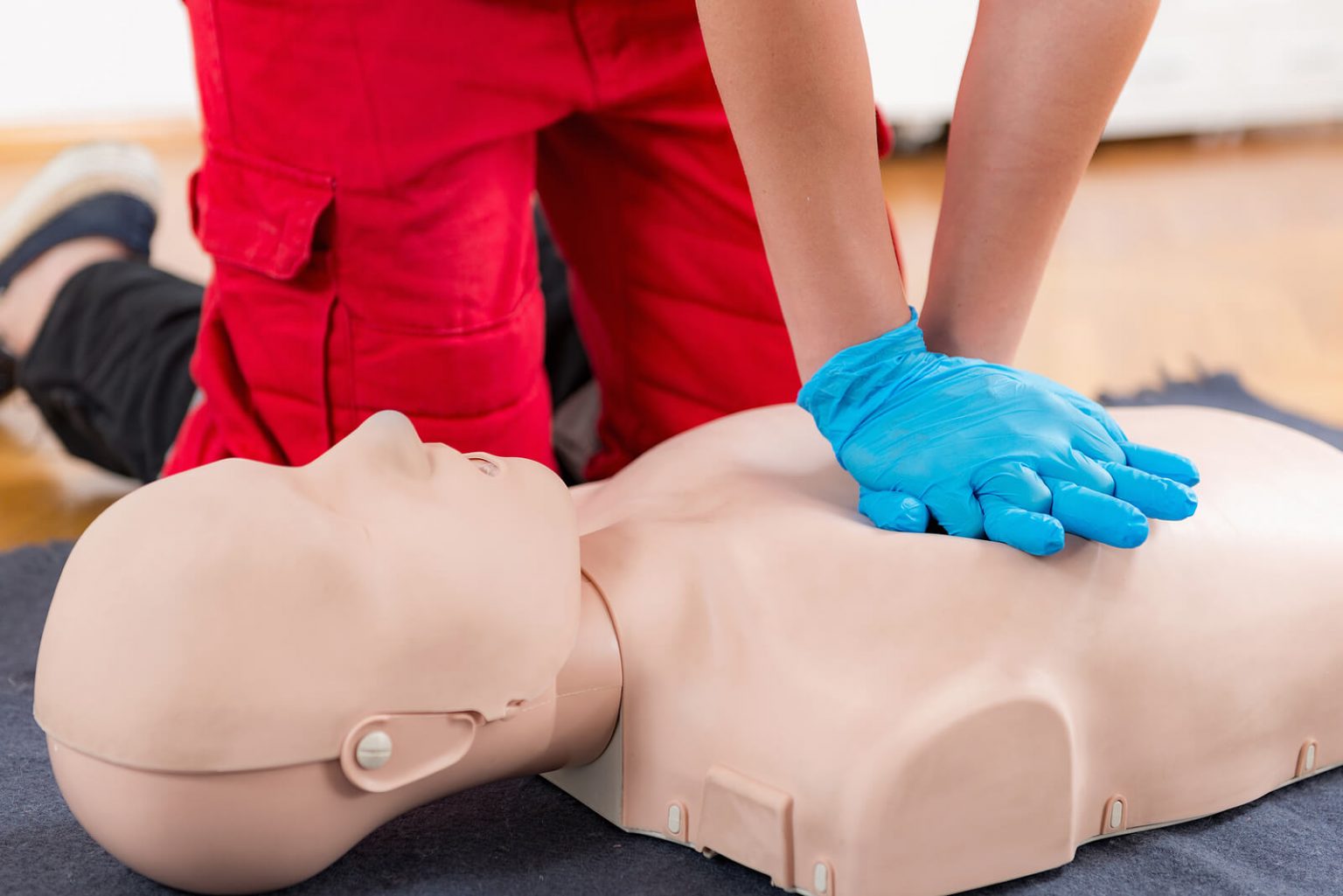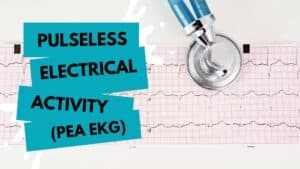Most of us have heard of CPR. This essential life-saving technique uses chest compressions and artificial ventilation to supply the brain with oxygen in the event of a cardiac emergency. While many of us know about this important technique, fewer know how to perform it. Some may even shy away from learning, simply because mouth-to-mouth resuscitation sounds unappealing. If you count yourself among that group, we have good news. You can still save a life using hands only CPR. In this guide, we’ll show you how.
The Importance of CPR
Before jumping into hands only CPR, why it’s different from traditional CPR, and why it’s effective, we’ll spend a section stressing the importance of CPR in general. According to the American Heart Association, over 350,000 out-of-hospital cardiac emergencies occur annually in the United States alone. Of the individuals afflicted, 90 percent die. In many of these cases, timely and properly-performed CPR was not administered. Had CPR been performed in those crucial moments, many of those victims may have survived.
What is Traditional CPR?
So, what is traditional CPR and how does it work? Short for cardiopulmonary resuscitation, CPR is a hands-on technique that manually preserves blood circulation to supply the brain with oxygen in the event of heart failure. Traditional CPR combines chest compression with mouth-to-mouth breaths to keep blood circulating and fill the lungs with oxygen.
While effective, traditional CPR can be somewhat daunting for bystanders to perform. For most, this is because performing mouth-to-mouth resuscitation on another person often seems uncomfortable or even hazardous. Thankfully, hands only CPR has a solution.
What is Hands Only CPR?
Hands only CPR is CPR without the artificial ventilation component. That’s right: in hands-only CPR, no mouth-to-mouth breathing is required. While this is great news for those who are averse to mouth-to-mouth contact, many may still ask: is hands-only CPR effective? According to a comprehensive study published in The New England Journal of Medicine, the answer is almost always yes.
Why is hands-only CPR as effective as its traditional counterpart in most cases? The answer has to do with the purpose of chest compressions and the purpose of artificial ventilation. Chest compressions are performed to maintain circulation and supply the vital organs (including the brain) with blood and oxygen. In most cases of cardiac arrest, this is the top priority. Artificial ventilation, on the other hand, supplies the lungs with additional oxygen. This is then passed onto the blood. Usually, the blood has enough oxygen for the victim to only require chest compression, but there are a few cases when artificial ventilation is also needed.
When to Use Hands-Only CPR
Hands-only CPR can be performed during most cardiac emergencies. According to recommendations from the American Heart Association, there are only a few instances where traditional CPR with artificial ventilations is preferred. These include cardiac emergencies involving infants and small children, drowning victims, or individuals who have collapsed due to breathing issues. In all other cases, hands-only CPR may be used.
Hands-Only CPR Steps
Performing hands-only CPR is a relatively simple process. Still, it’s one that should be learned through professional instruction in an accredited CPR certification course. Here are the basics:
- Place your two interlocking palms on the victim’s chest, just above the nipple line.
- Begin chest compressions at 100 – 120 beats per minute. (Popular songs at this tempo include “Stayin’ Alive” by the Bee Gees, “Walk the Line” by Johnny Cash, and “Crazy in Love” by Beyonce. Synching your compressions to any one of these tunes will help you get the right tempo.
- Push hard enough to compress the chest at least two inches for adults and teens, or at least one inch for small children.
- Continue administering hands-on CPR until medical personnel arrives.
Learn Hands-On CPR Here at SureFire CPR
Wondering who can perform hands-on CPR? The answer is you. By successfully completing our CPR certification course here at SureFire CPR, you’ll gain the skills to administer both traditional and hands-only CPR. Have questions? Ready to get started? Explore our website to learn more, or contact us to enroll today!







